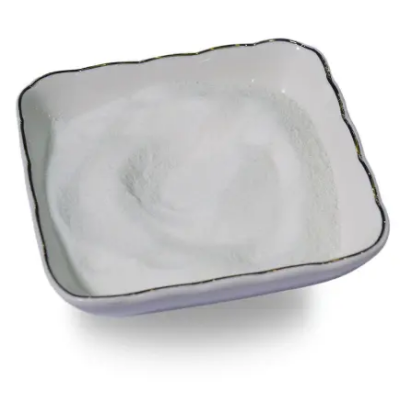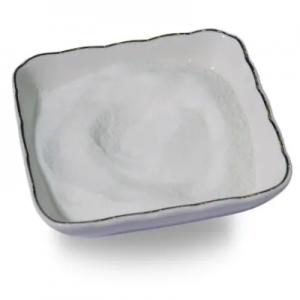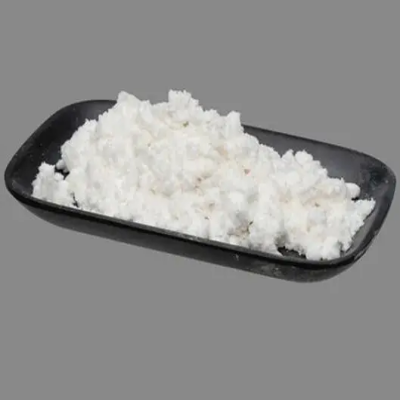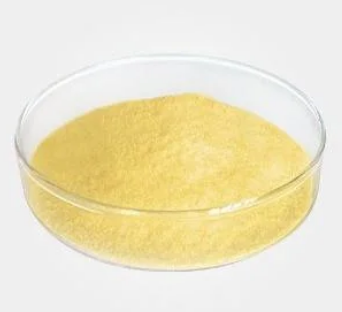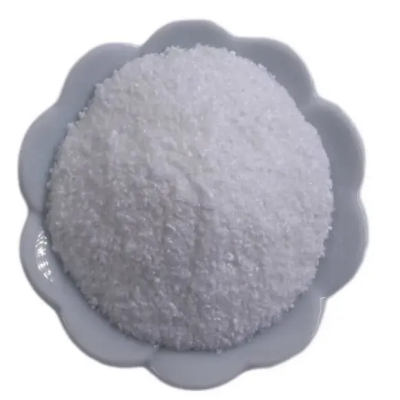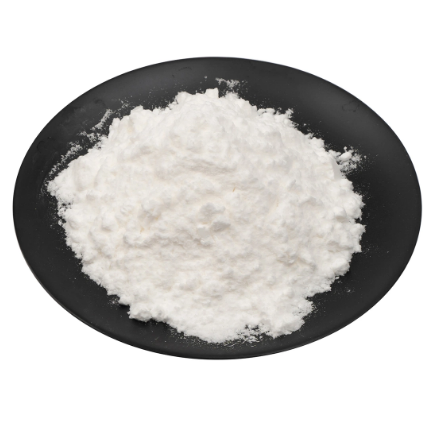9,9-Dimethyl-9H-fluorene CAS:4569-45-3
9,9-Dimethyl-9H-fluorene, often abbreviated as DMF, is a versatile compound known for its unique structural and chemical properties. The addition of methyl groups at the 9th position of fluorene alters its molecular geometry, resulting in increased steric hindrance. This structural modification influences its physical and chemical characteristics, including solubility, stability, and reactivity. One of the notable features of DMF is its enhanced solubility in organic solvents compared to fluorene. This property arises from the steric bulkiness of the methyl groups, which disrupts intermolecular interactions and facilitates dissolution in nonpolar or moderately polar solvents. This increased solubility makes DMF a valuable building block in the synthesis of organic materials and polymers, where solubility plays a critical role in processing and fabrication techniques. Furthermore, the presence of methyl substituents affects the electronic properties of DMF, leading to alterations in its spectroscopic and electrochemical behavior. These changes make DMF an intriguing subject of study in the field of organic electronics, where its optoelectronic properties can be tailored for applications such as organic light-emitting diodes (OLEDs), organic photovoltaics (OPVs), and organic field-effect transistors (OFETs). By understanding the relationship between molecular structure and electronic properties, researchers can design novel DMF-based materials with improved performance and efficiency. In addition to its role in organic electronics, DMF exhibits potential applications in materials science and medicinal chemistry. Its structural versatility allows for the synthesis of functionalized derivatives with tailored properties for specific applications. For instance, DMF derivatives have been investigated as molecular probes for biological imaging and as building blocks for the construction of supramolecular architectures with unique properties. Overall, the introduction of methyl groups into the fluorene framework to form 9,9-Dimethyl-9H-fluorene results in a compound with diverse applications across various disciplines. By elucidating its synthesis, structure-property relationships, and potential applications, researchers can unlock the full potential of DMF and its derivatives in advancing technology and addressing societal challenges.



| Composition | C15H14 |
| Assay | 99% |
| Appearance | white powder |
| CAS No. | 4569-45-3 |
| Packing | Small and bulk |
| Shelf Life | 2 years |
| Storage | Store in cool and dry area |
| Certification | ISO. |


